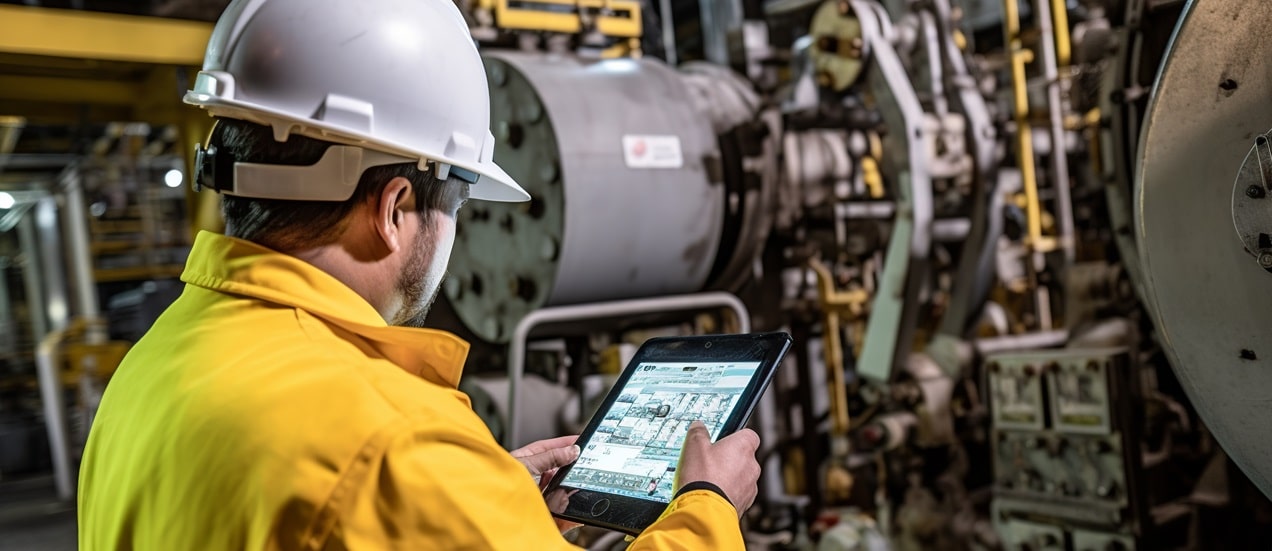Industrial maintenance plays a vital role in sustaining reliable equipment performance, safety, energy efficiency, regulatory compliance, and warranty protection. Maintenance managers are expected to ensure all factory assets are in peak operating condition. Some critical responsibilities of a maintenance manager include implementing a proactive maintenance program with operations following OSHA guidelines, forecasting, ordering spare parts inventory of critical parts, and hiring specialist subcontractors for maintenance work while managing the budget.
There are three different types of maintenance strategies applicable in a factory, including corrective, preventive, and predictive maintenance.
Reactive maintenance, also referred to as corrective maintenance, is the actual repair or replacement of equipment after it has malfunctioned, broken, or worn down.
Preventive maintenance is also called planned or scheduled maintenance based on the equipment manufacturer’s recommendations. Compared to corrective maintenance, this strategy improves the probability of preventing downtime and production losses. However, it is labor intensive, requires spare part inventory stockpiling, has a dependency on maintenance/equipment experts, and can yet lead to unexpected downtimes. These challenges have a cost impact on the company. Preventive maintenance has been the most widely used strategy in the industry currently.
Predictive maintenance is an advanced maintenance strategy that involves constant monitoring and automated learning of the equipment condition and aims to address all the above challenges by leveraging historical and real-time data to predict failures and allow just-in-time maintenance and repairs.
Predictive maintenance has been recognized among the top use cases in smarter factory and connected product verticals.
The global predictive maintenance market size accounted for USD 4.5 billion in 2022 and is expected to grow at a CAGR of approximately 27% to reach USD 49.34 billion by 2032, especially in small and medium sized enterprises in manufacturing, energy and utilities, transportation and logistics, healthcare and life sciences sectors . (Source- Precedence Research)
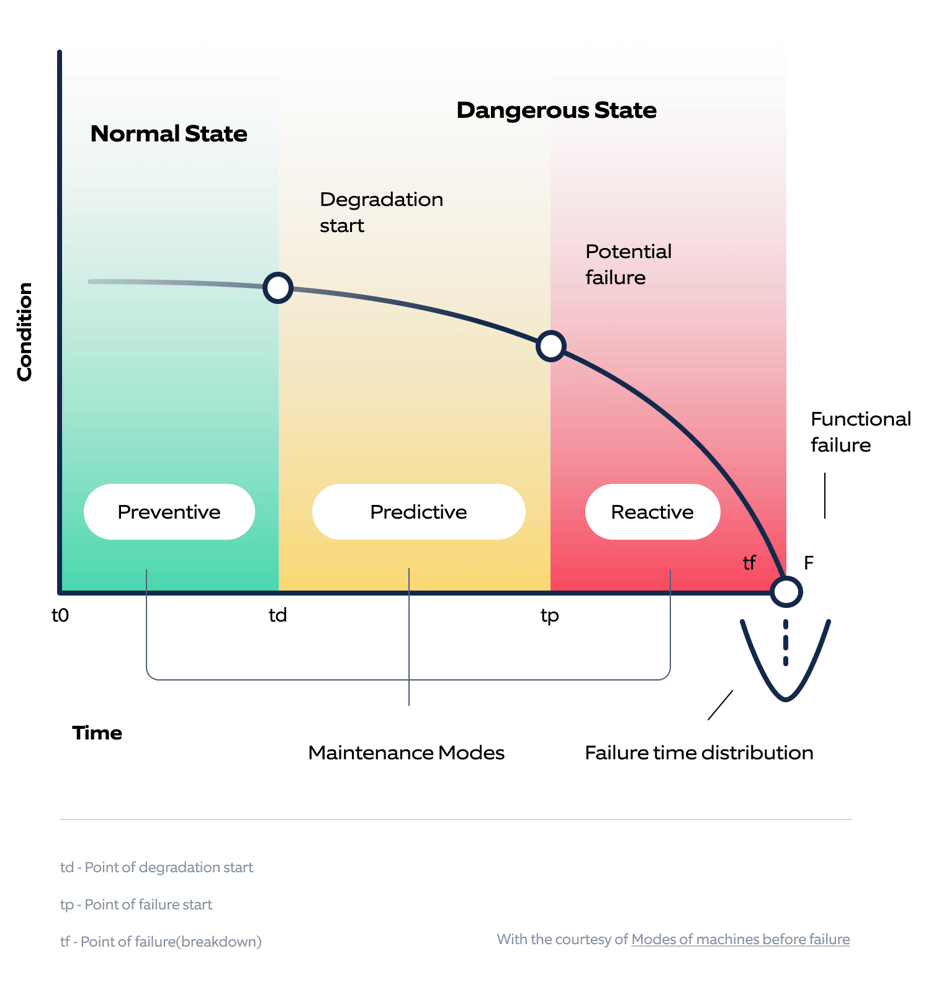 Figure 1: Machine Condition Monitoring for Rotating Machinery
Figure 1: Machine Condition Monitoring for Rotating Machinery
Source: Machine Condition Monitoring for Rotating Machinery (movitherm.com)
Why is it needed/Benefits?
Predictive maintenance solutions use a proactive approach with real-time data to analyze the condition of equipment using machine learning techniques to identify equipment vulnerabilities or anomalies. The anomalies help predict when a piece of equipment might fail so that corrective maintenance can be scheduled before the point of failure. Predictive maintenance typically involves non-destructive/non-invasive data gathering methods such as infrared, oil analysis, sound level measurements, vibration analysis, temperature monitoring, thermal imaging, etc.
The objective is to schedule maintenance at the most convenient and most cost-efficient time, allowing the equipment’s lifespan to be optimized to its fullest, but before the equipment has been compromised.
Predictive maintenance can be deployed in a connected product environment and smart factory use case to offer different benefits such as: minimized number of unexpected breakdowns, maximized asset uptime and improved asset reliability, reduced operational costs by performing maintenance/field service only when necessary, maximized production hours, improved safety, streamlined maintenance costs, reduced spare parts inventory costs and more.
Pre-requisites for predictive maintenance
Setting the foundation for Predictive Maintenance
To lay a solid foundation for predictive maintenance includes steps such as assets identification, data collection, analysis, archival and performance baselines, etc. We have consulting frameworks and accelerators as part of C-IoTA (Cluster of IoT accelerators). These ensure a more efficient and cost-effective transition to the advanced maintenance regime. The following pre-requisites will lay the groundwork for a successful solution implementation.
- Identification of critical assets: The first step is to identify assets that are most critical for production, that fail the most frequently or require the most expensive maintenance, that are most expensive and would cost you the most in lost production time (critical to production/assembly line).
- Data collection readiness: Based on the characteristics that define the performance of different components of the equipment, the assets should be equipped with internal or external sensors such as vibration, temperature, humidity, and others.
- Mechanism of storing: Based on the communication interface capability of machines, they might need automation equipment such as PLCs, SCADA, historians, data service layer, data hubs, and other relevant infrastructure to acquire, aggregate, store and archive high volumes of raw data on-premises or on-cloud.
- Maintenance logs and actions: A ticketing system connected to the data acquisition platform is a huge help with archived long-term maintenance logs to trace the failure and corrective actions against the sensor data at that timestamp. Alarm logs help identify the patterns of threshold breaches on different sensors.
Getting started with Predictive Maintenance
Some sensor/controller manufacturers and service companies offer off-the-shelf plug-and-play solutions for predictive maintenance dashboards, with the hardware intending to commoditize the solution. While this can work for non-essential and low-cost equipment requiring low accuracy and precision in detection and prediction, for equipment that are critical to production and are expensive to maintain require mature, sophisticated solutions customized to the dataset and business application needs to attain high accuracy.
Phase-wise approach for predictive maintenance
A successful predictive maintenance journey will generally consist of three phases, as shown below in Figure 2.
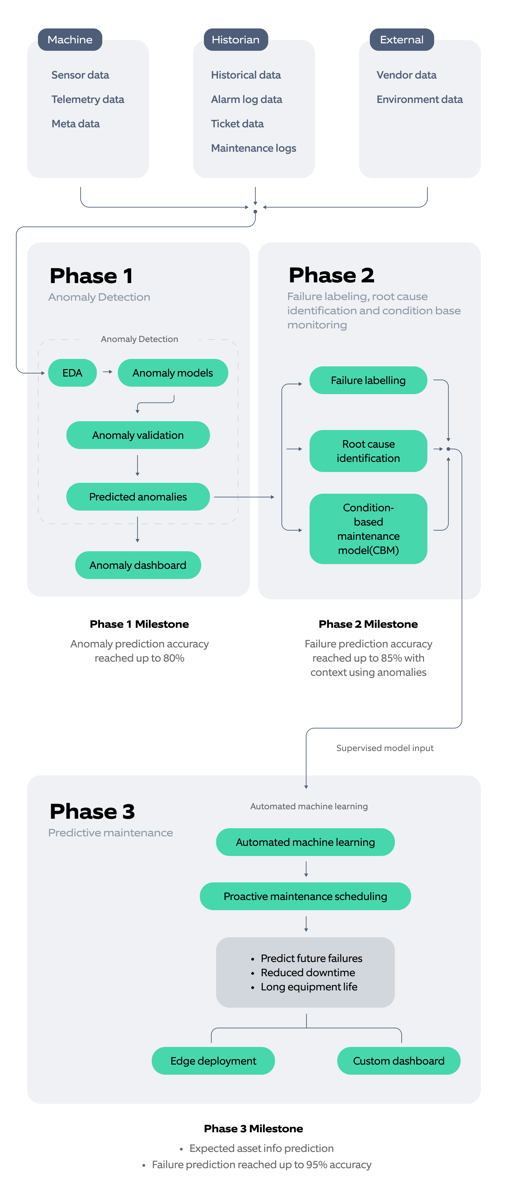 Figure 2: Multi-phase approach of predictive maintenance
Figure 2: Multi-phase approach of predictive maintenance
Phase 1 – Anomaly Detection
Anomalies are irregular and aberrant behaviors in data captured during machine operation. Data cleansing is an essential activity before data analysis to fix or remove incorrect, corrupted, incorrectly formatted, duplicate, or incomplete data within a dataset. This activity is then followed by exploratory data analysis (EDA), which will unveil the point anomalies through statistical, time-series and pattern analysis. Typically, there are three types of anomalies point anomalies, contextual anomalies, and collective anomalies. Selecting the anomaly model(s) to detect point anomalies, whether supervised or unsupervised, is crucial and depends on several factors, including data set maturity, scalability, detection effectiveness, and business application maturity. To identify other types of anomalies (contextual and collective) and forecast them, machine learning and generative AI algorithms are sometimes utilized. With human validation, these model accuracies can be enhanced with reinforcement learning that leads to the automation of anomaly detection.
Choosing the right anomaly detection model
Usually, equipment/sensor vendors and manufacturers include simple algorithms in their normal product offers. Typically, these methods focus on detecting global point anomalies without considering the production environment or relationships between relevant data. To maximize value and return on investment (ROI), an efficient solution must be specifically tailored to the business application and environment. Depending on the kind of anomaly found, anomaly detection algorithms can be divided into three primary categories:
- Statistical and Time Series Methods – To understand point anomalies
- Machine Learning and Deep Learning Methods – To understand the contextual anomalies
- Reconstruction-based Generative AI Methods – To understand highly sensitive contextual and collective anomalies without prior knowledge
In each category mentioned above, selecting the appropriate algorithm is imperative in implementing a solution for a specific business domain. To choose the optimal algorithm(s), one must have an in-depth understanding of how they function. Our guiding framework is shown in Figure 3 below, which helps explain various factors such as the frequency of prediction requirement of anomalies (real-time or batch), shape of the data (normally distributed or skewed), relationship among parameters and others. These factors are necessary to consider when choosing and finetuning an anomaly detection algorithm suitable to the application.
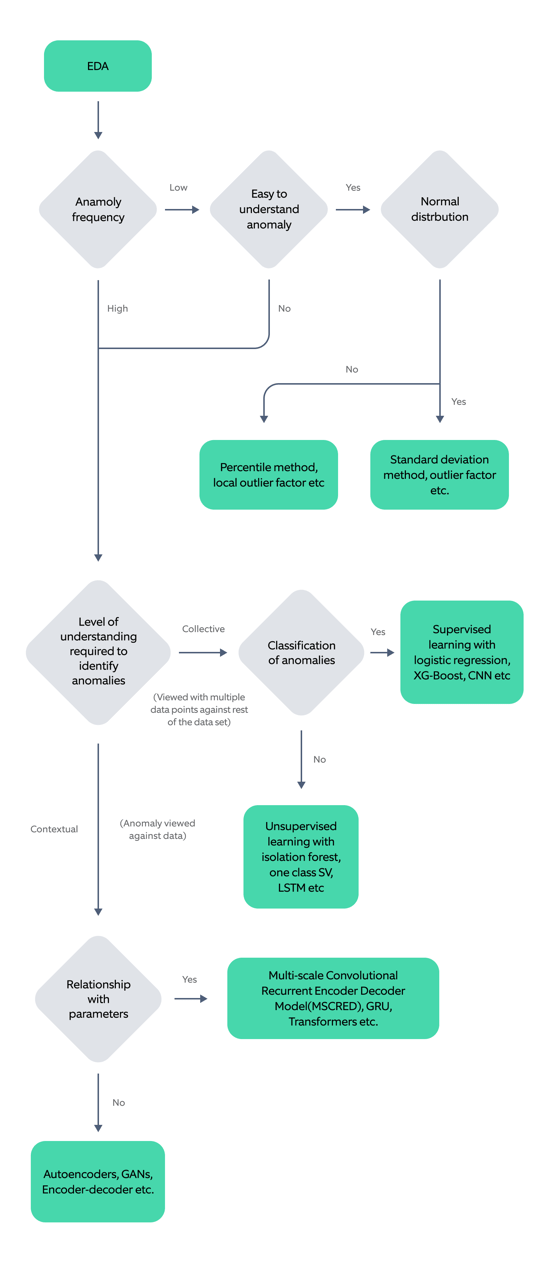 Figure 3: Framework for selecting a suitable algorithm for type of anomalies
Figure 3: Framework for selecting a suitable algorithm for type of anomalies
With immense expertise in domain and algorithms, we can help you to implement the right anomaly detection and prediction solution best suited to your application and data needs. Please reach out to us at industrial@nagarro.com
Phase 2 – Condition-based maintenance
Condition-based maintenance (CBM) is a technique that aims to predict the upcoming potential failure by identifying patterns and trends in asset data such as maintenance logs, alarm logs and so on. Using historical and real-time data from the equipment, this technique offers context of failure mode to the anomalies discovered. This phase requires the identification and labelling of such failures, breakdowns, and the underlying root causes corresponding to anomalies. With CBM, data-driven decisions can be made to service and maintain a particular component(s) by utilizing equipment condition data to identify issues before they arise and minimize downtime. Using maintenance incident tickets and data from subject matter experts, probabilistic root cause identification can be accomplished. A condition-based maintenance model is a supervised model that classifies failures together with their probable underlying causes. It typically employs real-time data to improve the accuracy of failure predictions.
Choosing the right condition-based model (CBM)
The supervised classification type models are typically used to predict the correct label of a given anomaly identified in real time for implementing a condition-based maintenance approach in Phase 2. These models are trained by contextualizing anomalies identified in historical data using labels from maintenance logs, alarm logs, etc.
Based on the complexity of patterns and data attributes, machine learning or deep learning algorithms can be chosen for supervised learning to predict multiple categories of failures with high accuracy. The popular machine learning algorithms used for classification are Logistic Regression, Random Forest, and XG-Boots. For complex contextualization patterns in data, deep learning models like Convolutional neural Networks and Recurrent Neural Networks can be used.
Phase 3 – Predictive Maintenance
Predictive maintenance is used in conjunction with condition-based maintenance to help the system become autonomous. This stage involves putting predictive models into practice that can forecast extremely accurate metrics like lifespan, time to failure, and real usable time (RUT), as well as suggest the primary reason for failure. Through automated machine learning pipelines and self-learning models that are deployed to continuously enhance and adapt the model to maintain correctness, this phase seeks to reach complete autonomy. This promotes continuous output with no need for human intervention, reducing the likelihood of significant downtimes and increasing productivity and throughput.
Choosing the real useful time model for predictive maintenance
Identification of the remaining life span depends on accurate identification of the initial point of the developing event, which is abnormal from the normal operation. RUT can be done based on machine learning algorithms, deep learning algorithms and generative AI algorithms.
Regression and Gradient Boosting Model are some popular machine learning models that can be used with structured data with well-defined relationships between attributes to determine RUT.
For a deep contextualization and to handle sequential data, deep learning models such as Recurrent Neural Networks (RNNs), Long-Short Term Memory (LSTM) can be used. If higher accuracy is required with minimum training data, generative AI base models such as Generative Adversarial Networks (GANs), Transformers and Auto-encoder models can be used.
Nagarro has immense expertise in devising the optimal solution suited to your needs, if you have a use case to discuss in detail or would like to understand more on how C-IoTA accelerates the algorithm choosing and solutioning journey of predictive maintenance, please reach out to us at industrial@nagarro.com.
Conclusion
Selecting the suitable maintenance technique
Predictive maintenance technique is an advanced maintenance strategy and might not always be the suitable go-to approach for every organization. We have developed a quadrant framework matrix in Figure 4 that will help to identify a cost-effective maintenance strategy based on below factors:
- Cost of asset or equipment failure
- Maintenance cost
- Complexity in occurrence, detection and severity of anomalies and failures
Organizations can even choose to adopt a composite maintenance approach and should identify critical equipment and production lines to implement advanced techniques.
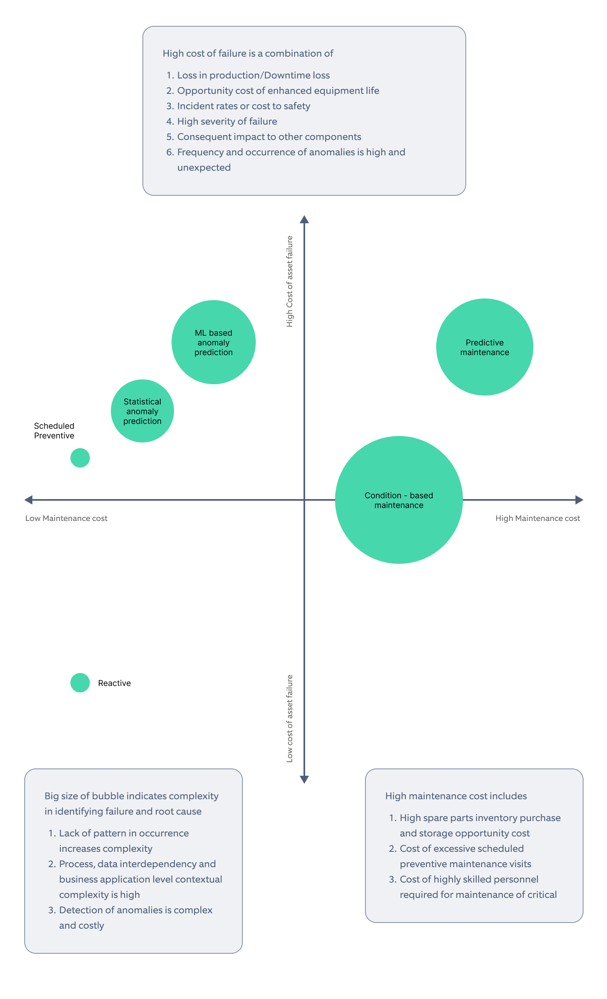 Figure 4. Quadrant framework to select a suitable maintenance technique
Figure 4. Quadrant framework to select a suitable maintenance technique
- Reactive maintenance - Maintenance and cost of asset failure is low allows to run to failure.
- Preventive maintenance - Scheduled is appropriate when maintenance cost is low, and cost of asset failure is high. Statistical or ML based analytics helps reduce cost further.
- Condition based or predictive maintenance - Maintenance and asset failure costs are high and predictions are complex
Nagarro has expertise and frameworks to help evaluate and implement the appropriate maintenance strategy based on the application needs of organization. As highlighted in this article, impact of predictive maintenance extends far beyond cost savings, encompassing increased equipment lifespan, enhanced safety, and a significant boost in productivity. By harnessing the power of data, IoT, and advanced analytics, companies can transition from reactive to proactive maintenance, ultimately securing their competitive edge. The predictive maintenance journey is not only about financial gains but also about ensuring a sustainable, efficient, and safe industrial future. It is a transformational approach that aligns with the evolving demands of the modern industrial landscape, empowering organizations to thrive.
Nagarro value proposition
Nagarro has developed a suite of anomaly models as accelerators, as part of C-IoTA, that form the basis of accelerating your first steps in the journey of predictive maintenance. These accelerators can be finetuned as per the use case, leading to faster solution delivery.
Our team collaborate closely with our clients to develop anomaly detection, condition-based maintenance, and predictive maintenance solutions, conduct field trials, and then scale and roll out solutions. In this process, we have gained extensive experience and developed best practices for enabling different stages of solution across a wide array of domains in the industrial sector. Inspired by our Fluidic Enterprise vision, we have created frameworks and toolkits to assist in the discovery, development, and implementation of the use case. Depending on where you are in your predictive maintenance journey, Nagarro can help create a proof of value, a minimum viable product, or a complete solution.



